 |
surfresearch.com.au
glossary
: w
|
| home | catalogue | history | references | appendix |
|
|
|
|
|
|
|
|
|
|
|
|
|
|
|
|
|
|
|
|
|
|
|
|
|
|
|
|
| W.a.v.e. (Water Apparatus
and Vechicular
Engineering)
manufacturing name for Karl Pope’s Hollow Wave boards of aluminium honeycomb construction (USA), circa 1973. Karl Pope was previously a partner with Tom Morey in Morey-Pope Surfboards. The company manufactured the Penetarator (John Peck), Blue Machine (Bob Cooper) and Tracker (Bob McTavish). Other developments from the Morey-Pope oganisation were Slipcheck (aerosol grip), Bi-sect (transportable two part surfboard) and the Waveset fin system. Tom Morey would later design the Boogie board. Pope would reprise his transportable surfboard as the Tri-sect, circa 1999. See Popout. |
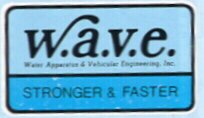 |
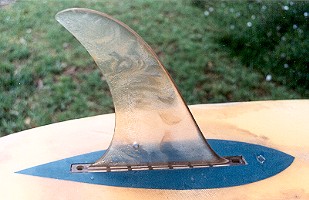
| wax
paraffin wax; usually mixed with colour dye, perfumes and softening agents; applied to the deck to repel water and assist grip. Water repellency is only effective when the molecule bonds have been stretched and broken, thus wax has to be regularly applied, roughed up with sand or striated with a wax comb. See... The House of Wax. First marketed waxes in Australia were by petrol companies, for example Ampol and Golden Fleece. Quickly followed by Bower Boy from Manly. Colour and scents introduced by USA import Waxmate by Surf Research, 1970. Claim for first use by Alfred E Gallant (USA) post 1935, inspired by mother’s use or floor wax, who then advised use of sealing wax (Letters, Longboard Magazine, USA, 1999). See also Slipcheck and Grip-something. Note developement of adhesive deck grip in the 1980's. |
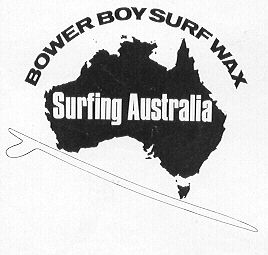 |
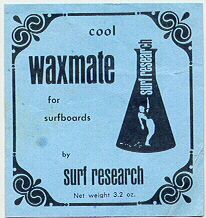 |
| Westie board (Sydney)
usually derogative, a board manufactured by a company in the western (inland) suburbs of Sydney, as distinct from most manufacturers who set up in coastal suburbs, e.g. Brookvale, Mona Vale, Caringbah. Brands include Ron Surfboards (Belmore), WM Surfboards (Auburn), Shane Surfboards (originally Eastwood), Age Surfboards (Bankstown), Wakefield (Granville/Parramatta), Nirvana Surfboards (originally Enfield). Other regions probably have equivalent labels. |
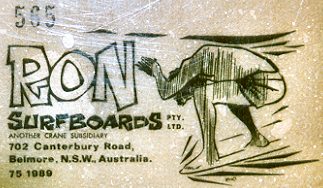 |
| Windsurfer/Sailboard
brand name for Hoyle Scheweitzer and Jim Drake’s original sailboard design, Southern California, USA 1969. See sailboard. |
 |
| Winged keel
Ben Lexan/Cheyne Horan design single fin with a straight leading edge and topped by twin offset blades, 1980. See Star fin, Keel |
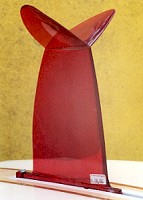 |
| Winterstick
Early snowboard Tracks, October 1979, page 46. |
 |

|
|
|
|
|
|
|
|
|
|
|
|
|
|
|
|
|
|
|
|
|
|
|
|
|
|
|
| home | catalogue | history | references | appendix |